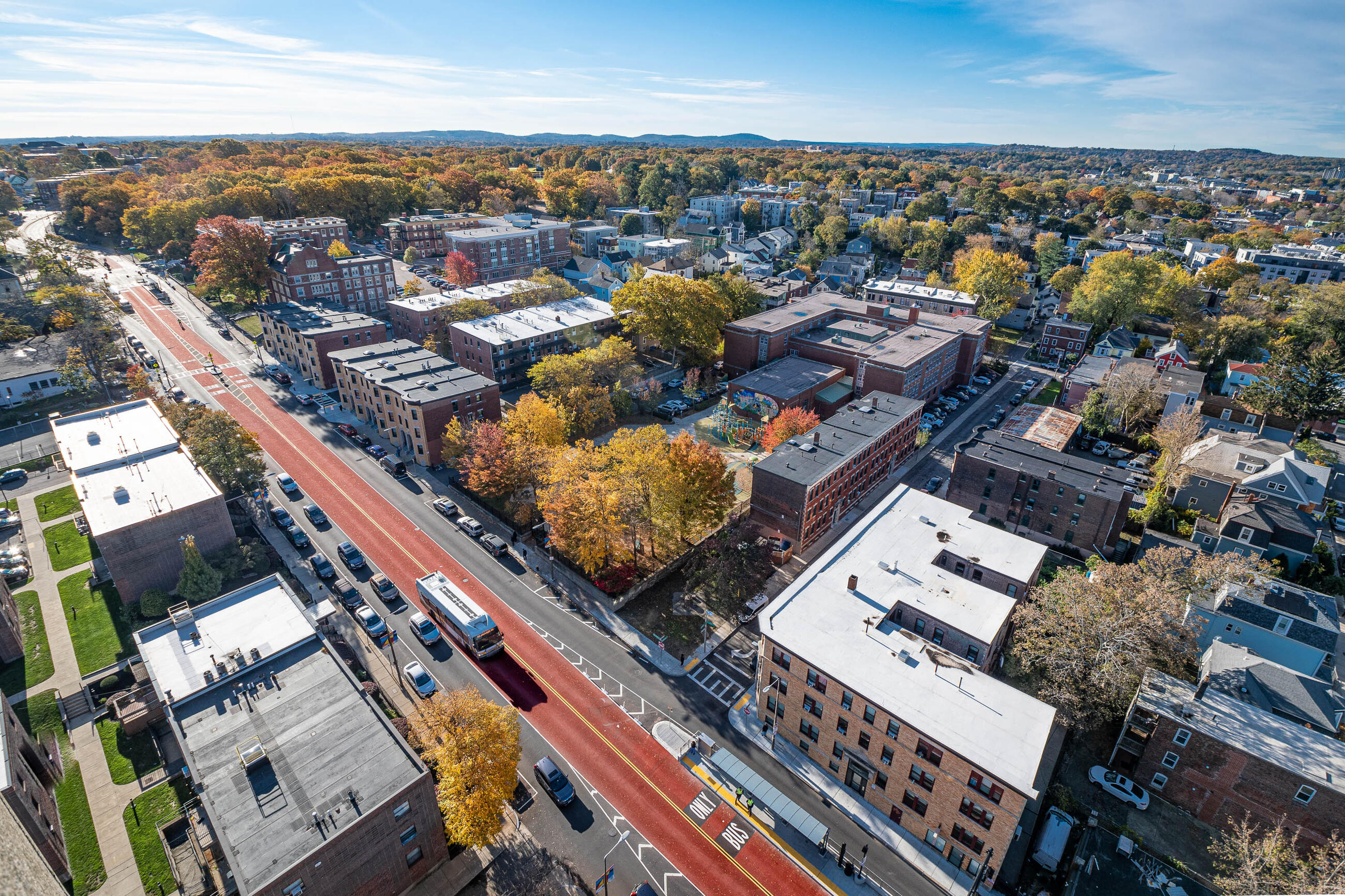Only ever ridden SL1 to the airport and back.
It's a crazy example of excellent public transit switching to terrible public transit in one short journey. Couldn't believe it when I first took it.
South station to silver line way, excellent. Integrated with subway at south station, electrified, it's own right of way tunnel, big airy stations. Perfect, no need for it to be a train.
Then it stops and the driver gets out (what's he doing? I think to myself). The bus dies and a diesel engine chugs in to life. From there on its doing circles of the seaport stuck in traffic fretting about making my flight. Trying to figure out what direction I'm actually going, wondering if suitcases are going to tumble as we take a tight bend to pick people up what seems like 20 feet from where we dropped them off 10 mins ago. There's a ramp, lets use that, wait no, that's only for cops.
The new route to chelsea looks great and if they could only sort out the second half of seaport, SL1 would be great too.

